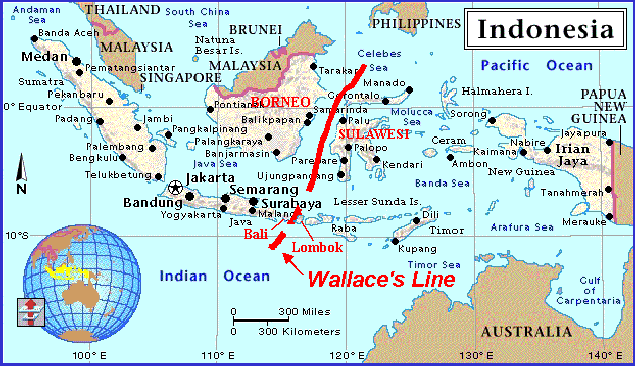1. Stéphanie Jenouvriera,b,1,
2. Hal Caswella,1,
3. Christophe Barbraudb,
4. Marika Hollandc,
5. Julienne Strœved and
6. Henri Weimerskirchb
+Author Affiliations
1.
aDepartment of Biology, MS-34, Woods Hole Oceanographic Institution, Woods Hole, MA 02543;
2.
bCentre d'Etudes Biologiques de Chizé, Centre National de la Recherche Scientifique, F-79360 Villiers en Bois, France;
3.
cOceanography Section, National Center for Atmospheric Research, Boulder, CO 80305; and
4.
dNational Snow and Ice Data Center, Boulder, CO 80309
1.
Edited by Joel E. Cohen, The Rockefeller University, New York, NY, and approved December 2, 2008 (received for review July 10, 2008)
Abstract
Studies have reported important effects of recent climate change on Antarctic species, but there has been to our knowledge no attempt to explicitly link those results to forecasted population responses to climate change. Antarctic sea ice extent (SIE) is projected to shrink as concentrations of atmospheric greenhouse gases (GHGs) increase, and emperor penguins (Aptenodytes forsteri) are extremely sensitive to these changes because they use sea ice as a breeding, foraging and molting habitat. We project emperor penguin population responses to future sea ice changes, using a stochastic population model that combines a unique long-term demographic dataset (1962–2005) from a colony in Terre Adélie, Antarctica and projections of SIE from General Circulation Models (GCM) of Earth's climate included in the most recent Intergovernmental Panel on Climate Change (IPCC) assessment report. We show that the increased frequency of warm events associated with projected decreases in SIE will reduce the population viability. The probability of quasi-extinction (a decline of 95% or more) is at least 36% by 2100. The median population size is projected to decline from ≈6,000 to ≈400 breeding pairs over this period. To avoid extinction, emperor penguins will have to adapt, migrate or change the timing of their growth stages. However, given the future projected increases in GHGs and its effect on Antarctic climate, evolution or migration seem unlikely for such long lived species at the remote southern end of the Earth.
PDF can be downloaded here:
http://www.pnas.org/content/106/6/1844








No comments:
Post a Comment